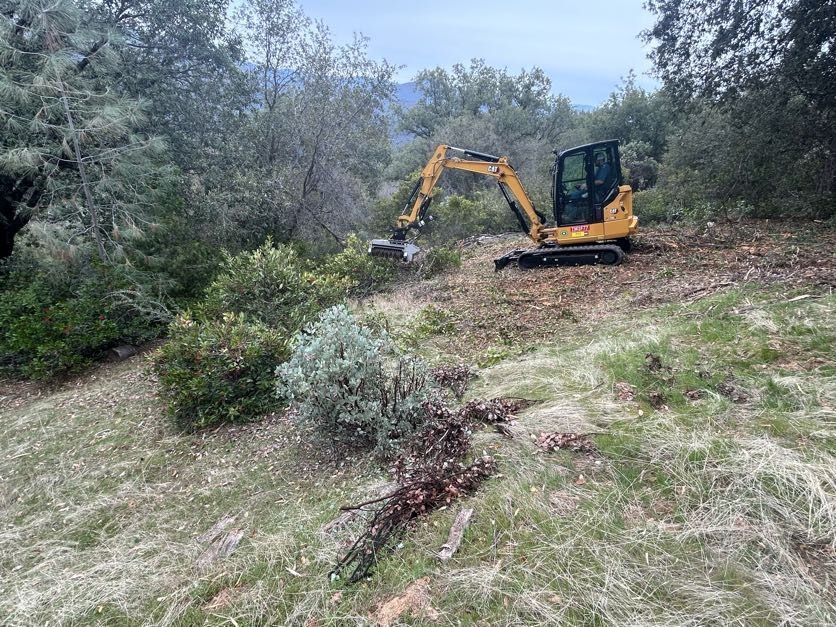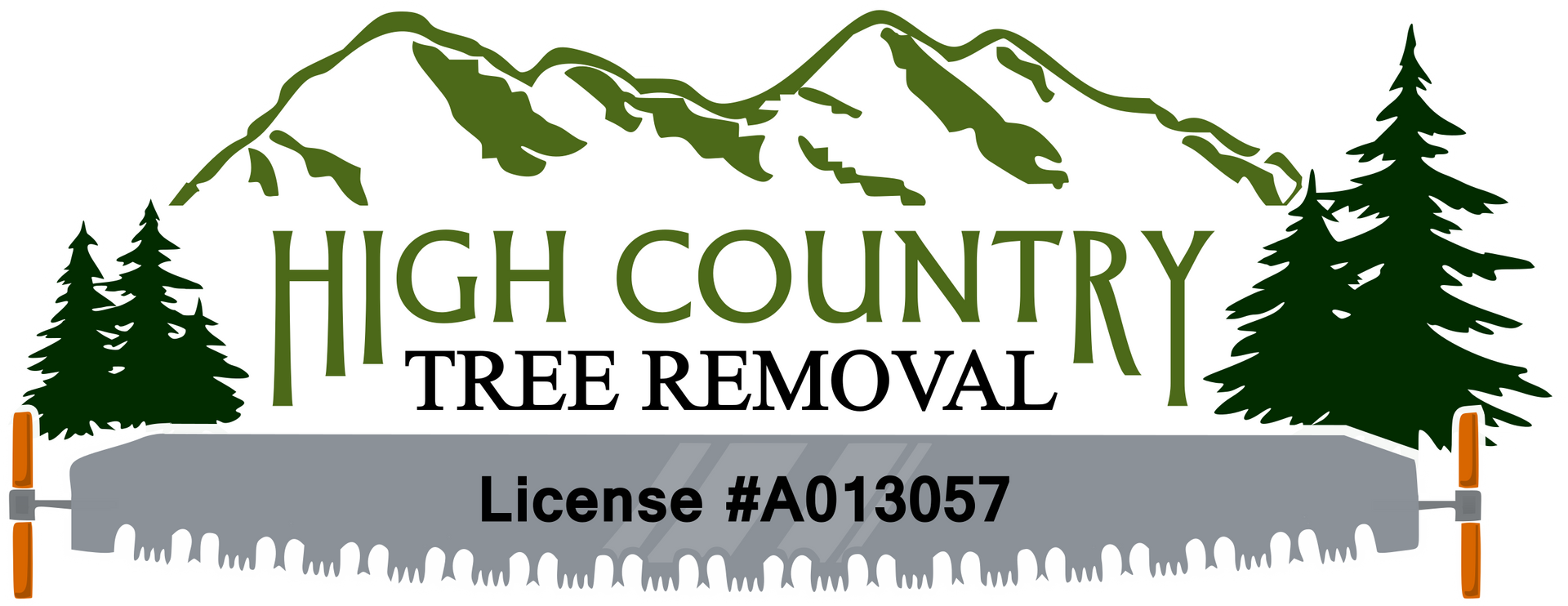Top Fire Clearance Tips to Protect Your Property
Top Fire Clearance Tips

Top Fire Clearance Tips to Protect Your Property This Season
Wildfires can strike at any time, and when they do, having a defensible space around your property can make all the difference. As the weather warms up, now is the perfect time to prepare your property for fire season. By following a few key fire clearance tips, you can reduce the risk of fire damage, protect your home, and keep your family safe.
1. Create Defensible Space
Creating defensible space around your home is one of the most effective ways to protect your property from wildfires. The goal is to create a buffer zone that reduces the risk of a fire spreading to your home. The National Fire Protection Association (NFPA) recommends a defensible space of at least 30 feet around your home, though more may be needed depending on your area’s fire risk.
Key steps to create defensible space:
- Remove dead or dying vegetation.
- Trim trees and shrubs so they’re not close to your home or power lines.
- Keep grass cut to a manageable height and clear away any dry, dead plant material.
- Remove any debris like fallen leaves, pine needles, or branches that could catch fire.
2. Clear Overhanging Trees and Limbs
Trees and limbs that are too close to your home or power lines pose a significant fire risk. In the event of a wildfire, overhanging branches can catch embers, bringing fire right to your doorstep. By removing or trimming trees that are within 30 feet of your home, you reduce the risk of this happening.
Be sure to:
- Trim trees that are too close to your roof or windows.
- Remove any dead, broken, or unhealthy trees and limbs that could easily catch fire.
- Create vertical spacing between trees to prevent fire from climbing from one tree to another.
3. Remove Brush and Excess Vegetation
Dense vegetation, including brush, grasses, and shrubs, can act as fuel for wildfires. Keeping your property clear of excessive brush is a simple but crucial step in reducing fire risks. Mastication, or the process of grinding up brush and small vegetation, is an excellent way to clear large areas of overgrowth without disrupting the natural landscape.
Here’s what you can do:
- Clear brush and remove any vegetation that is too close to structures or within your defensible space.
- Consider hiring professionals for mastication to efficiently remove unwanted vegetation.
- If you live in a particularly high-risk area, it’s a good idea to remove any trees or shrubs that are highly flammable.
4. Maintain Your Lawn and Landscaping
A well-maintained lawn not only enhances the beauty of your property but also reduces the chances of a fire spreading. During dry seasons, tall grass and overgrown lawns can quickly become fuel for wildfires.
To keep your lawn fire-safe:
- Mow your grass regularly and keep it short (about 4 inches or less).
- Water your lawn during dry spells to prevent it from drying out and becoming more susceptible to fire.
- Avoid planting highly flammable vegetation near your home, such as dry grasses or certain types of shrubs. Instead, opt for fire-resistant plants that are more likely to survive during a fire.
5. Install Fire-Resistant Materials
Fire-resistant materials can play a key role in protecting your home from wildfires. Materials like fire-resistant roofing, decking, and siding can prevent flames from reaching your home. Additionally, fire-resistant windows and screens can help keep embers out of your home.
Consider these fire-resistant upgrades:
- Install a fire-resistant roof made of metal, tile, or asphalt shingles.
- Use non-combustible materials like concrete or stone for patio areas, decks, and walkways.
- Keep gutters and vents covered with non-flammable mesh to prevent embers from entering.
6. Create Fire Breaks
If you live on a larger property, creating fire breaks can be an effective way to stop or slow the spread of a wildfire. A fire break is a cleared area that removes vegetation and creates a barrier between your property and surrounding brush or trees.
How to create a fire break:
- Remove trees, shrubs, and brush for at least 50 feet around your home.
- Use tools like bulldozers, chainsaws, and other heavy equipment to clear areas, or hire a professional tree service for help.
7. Clean and Maintain Your Property Year-Round
Fire clearance isn’t just a one-time task; it’s something that should be done year-round. After wildfire season, continue to maintain your defensible space, clear away debris, and trim trees to ensure your property remains safe.
Ongoing maintenance tips:
- Inspect your property regularly for dry vegetation, dead trees, and overgrown plants.
- Keep your gutters clean to prevent leaf and debris buildup.
- Stay up-to-date on local fire regulations and guidelines to make sure your property is compliant.
8. Get Professional Help
While there are many tasks you can do yourself, some fire clearance projects, such as tree removal or mastication, are best left to the professionals. Experts like High Country Tree Removal can provide specialized equipment and expertise to safely clear large trees, remove brush, and help create a fire-safe environment for your home.
If you’re unsure where to start, contact a local tree removal company or fire prevention expert who can assess your property and recommend the best course of action.
Conclusion
By following these fire clearance tips, you can significantly reduce the risk of wildfire damage and keep your home, family, and community safe. Whether you need to remove hazardous trees, clear brush, or create defensible space, now is the time to take action. With the right preparation, you’ll have peace of mind knowing your property is protected, no matter what fire season brings.
If you need professional help, High Country Tree Removal is here to assist with all your fire clearance needs. Contact us today for expert tree services that will help protect your property year-round.



